Adventure Specialist Andrew Browning reviews his 14-day Islands of the South Pacific cruise aboard the 72-guest Oceanic Discoverer, since renamed Coral Discoverer. Learn more about AdventureSmith’s current Pacific Islands expeditions.
In preparation for this voyage in Melanesia I read some books about Explorer’s voyages in the Pacific, as well as more obscure literature on Cargo cults and Melanesian culture. If possible, I like to learn a lot about the places I am going before I travel. This trip is so remote that I was eager to learn as much as possible about the four countries we would explore over our 13-day expedition cruise. I learned much more on the voyage than the books could teach me though.
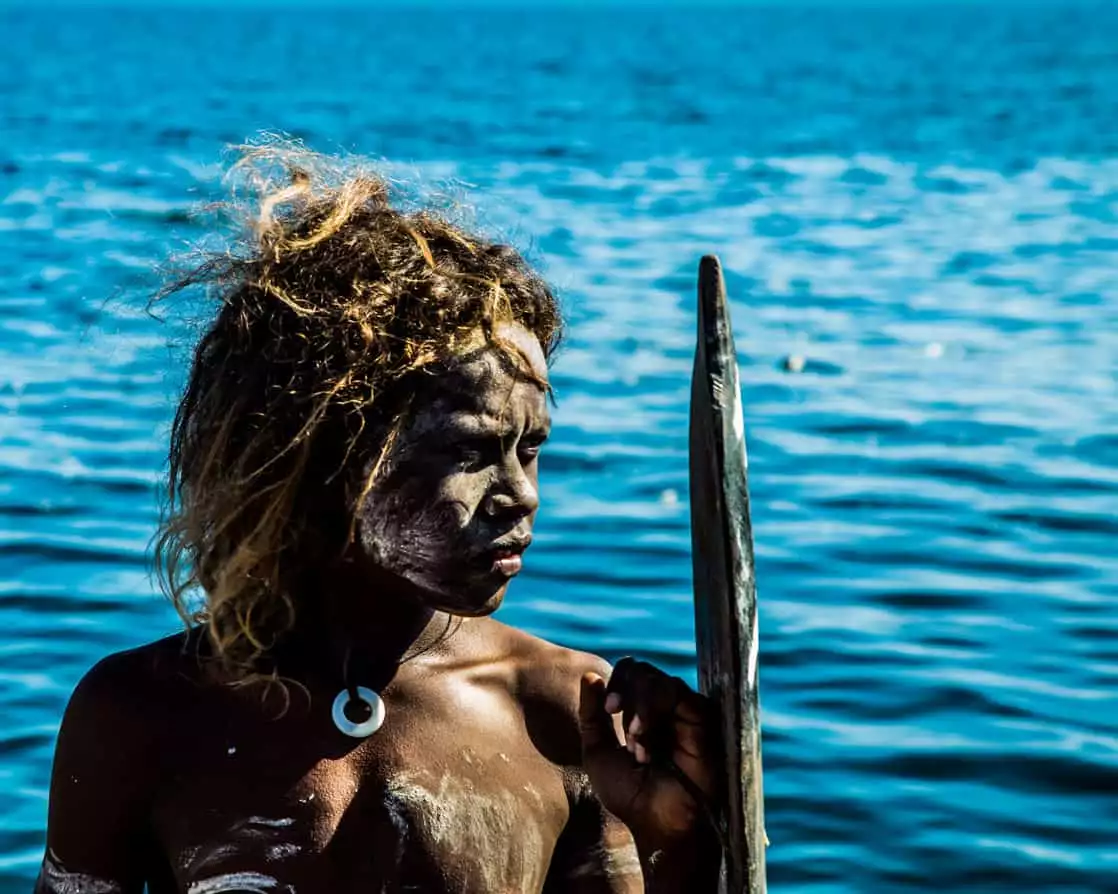
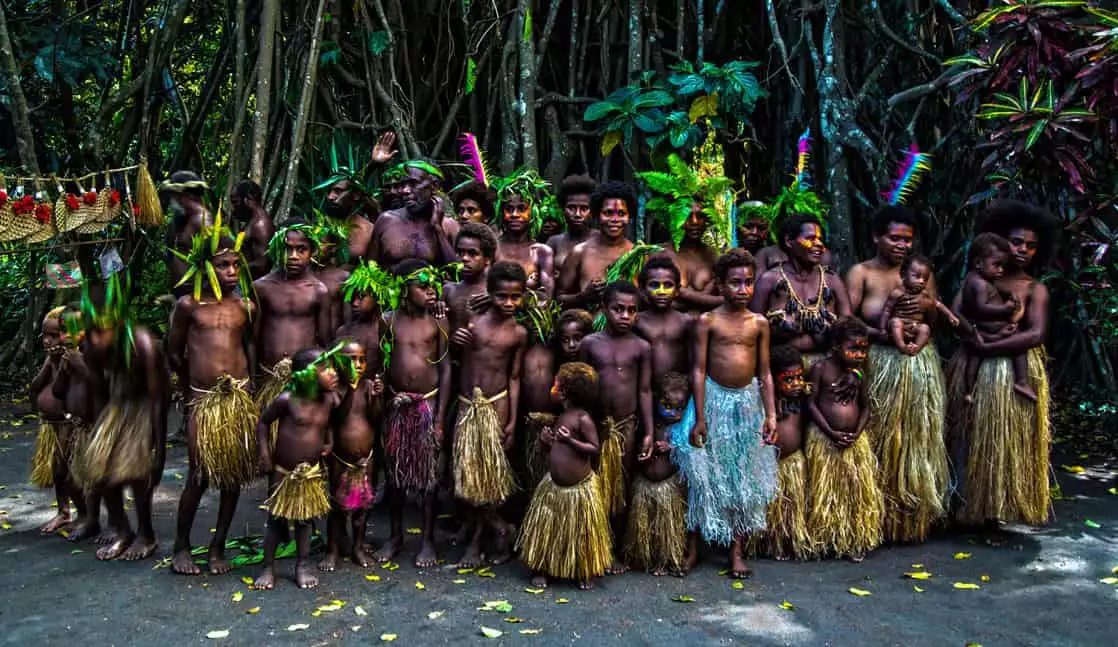

My trip started with flights across the Pacific to Auckland, Brisbane, and finally to Cairns, Australia where I would spend a couple days before flying to Alotau, Papua New Guinea to board the Oceanic Discoverer for the Islands of the South Pacific Expedition. My time in Cairns coincided with the schedule of the Coral Princess which sails itineraries to the Kimberly Region of Australia, a beautiful red rock fjordland rich with marine life, ancient aboriginal cultural sites, and gorgeous coastal scenery. The Kimberly expedition cruises are very popular with Australians, but largely untapped by North American visitors. When not exploring the Kimberly, the Coral Princess sails Reef, Island, and Rainforest focused cruises around the Great Barrier Reef. I was able to schedule a vessel inspection aboard the Coral Princess during my time in Cairns. The Coral Princess is a comfortable 48 passenger Catamaran that our small ship clients will love. During my time in Cairns I also went to a “Reef teach” class which I can highly recommend to our clients visiting Cairns and the Barrier Reef. Before long, it was time for me to fly to Papua New Guinea or “PNG” as the Queenslanders would say. The next day I flew to Alotau to board the Oceanic Discoverer: a luxury 72 passenger purpose built Expedition ship that would be my home during a 13 day voyage through Melanesia.
Ship Summary
Travelling aboard the Oceanic Discoverer is the best way to access the small islands, colorful cultures, and snorkel sites in Melanesia. The ship has a variety of cabin categories onboard and the main difference between the cabins is the deck location on the ship. Tanya, the hotel manager took me on a little tour so I could see all of the cabin types and understand the vessel as well as possible for our clients. The cabins are comfortable and spacious with king beds or 2 twin beds. They have small sitting areas, storage space for clothing and gear and my cabin had a little deck that I used quite a bit to work on photo editing during downtime(with help from a lot of espressos and cappuccinos). The Oceanic Discoverer has plenty of outdoor areas including the two shaded aft decks that have tables and chairs as well as the sundeck on the top of the ship that has lounge chairs and as the name implies it is uncovered. The ship also has a nice bow area where passengers can go to be outside at the front of the ship. This is a nice spot for seeing marine life and we saw some pods of dolphins greeting the ship a few times during the voyage. There is an open bridge policy onboard so you can visit with the Captain and learn a bit about navigation and ship operations. Captain Gary is a great personality with a lot of stories and experience sailing ships of all types. It is nice to be able to go in the bridge and watch the ship’s master at work.

Off-Vessel Exploration
Travelers access remote areas quickly and easily using the Explorer, a sturdy, covered landing craft with room for all of the passengers onboard. If needed the crew can also use the inflatable skiffs/zodiacs but most landings on this trip are done using the Explorer, which is accessed using a lift platform off of the back of the Oceanic Discoverer. This makes it the most efficient vessel I have seen for getting passengers ashore in remote areas. It also makes it the most comfortable and secure for those with less mobility than others. The Explorer is often used as a water activity platform with divers and snorkelers exploring right from the side or front of the vessel. Other times Zodiacs may be used. The Oceanic Discoverer also carries a Glass Bottom Boat that holds 12 passengers which is piloted by one of the crew, in our case by Glass Bottom Mike, one of the onboard guest lecturers and career marine biologist. The Glass Bottom boat trips are nice for those that wish to see the coral reef systems and undersea world without getting wet or swimming.
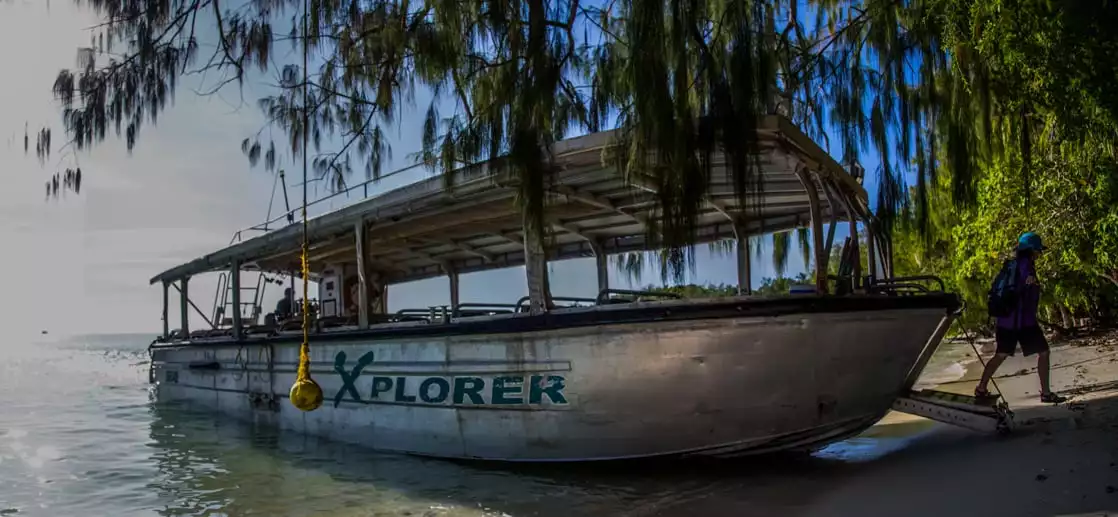
Hospitality
Onboard the Oceanic Discovery the hospitality staff from Australia and New Zealand is led by the hotel manager. They are up early to serve breakfast and they are in the bar later to serve wine, beer, and cocktails. They work hard and are successful in making your onboard experience comfortable and memorable. The meal service is excellent with breakfast and lunch being served buffet style and dinner served with choices of plated courses. The food is prepared with great care by an executive chef and sous chef. The food is a mix of international favorites and Australian specialties. They pick up some local produce and fish along the way so the food is very fresh. I felt that the service was great and that whenever you needed something the crew was there anticipating that. My favorite meal was the Australian BBQ that was served outside on the deck. It was a fun night with the crew and passengers in high spirits.
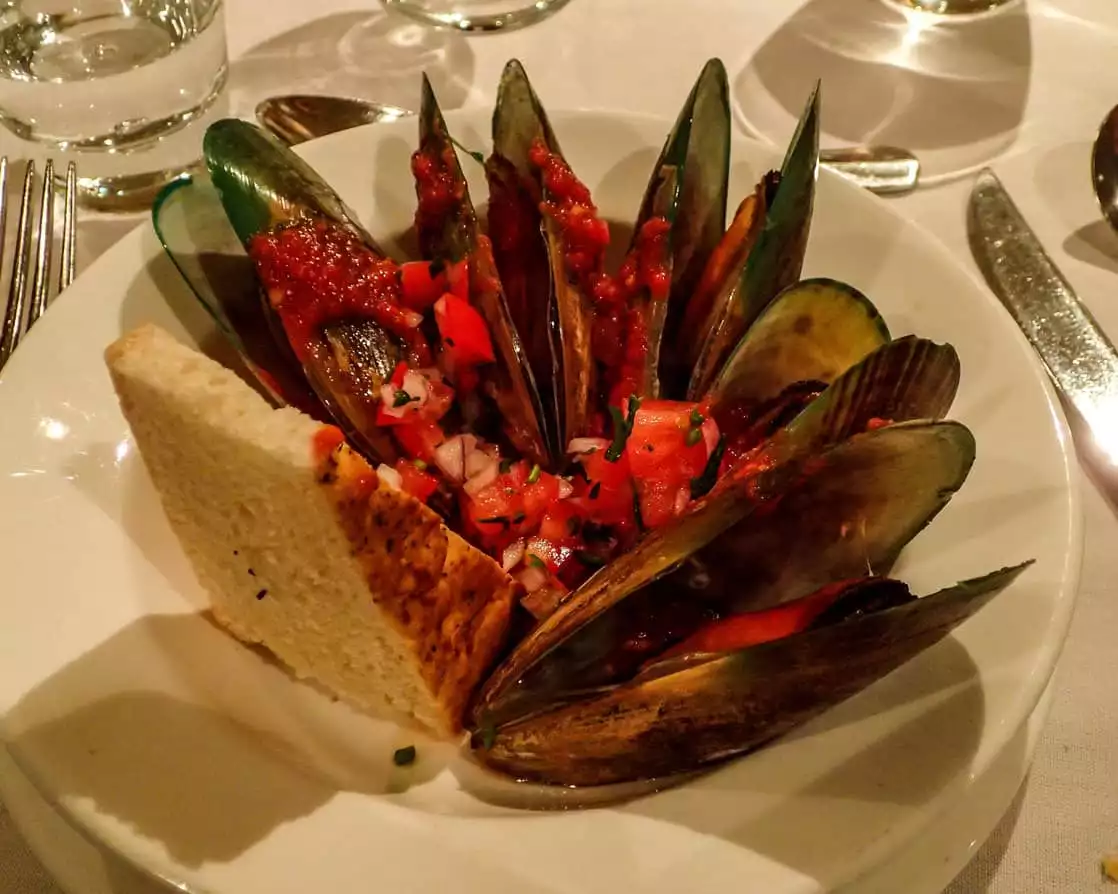
Captain, Crew & Expedition Staff
The second half of the wonderful crew are the Captain, mates, engineers, and the expedition staff which consists of the expedition leader, a couple guest lecturers who travel with you on the excursions, general purpose hands(expedition boat and skiff drivers) and local cultural experts/liasons. For each country we visited during the cruise, we had cultural experts who came aboard and traveled with us on the Oceanic Discoverer. It was awesome to travel with them because they have a wealth of knowledge about their culture and the communities we would visit. They also maintain long standing relations with the communities. In between the island visits and the Marine activities, presentations were offered in the lounge on a variety of relevant topics. The cultural and marine life presentations added a lot to the voyage.
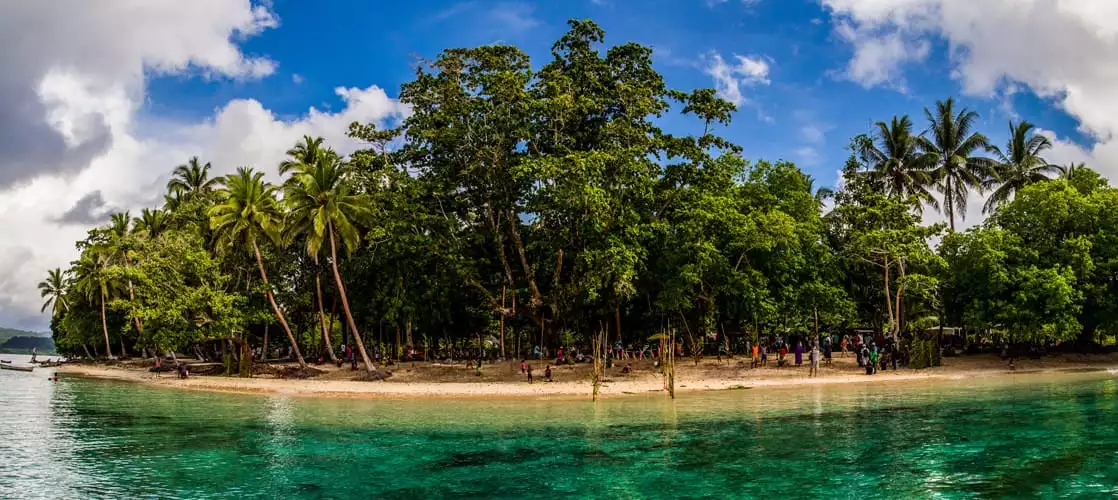
Voyage Experience
Arriving by charter flight into to Papua New Guinea, we were greeted at the airport with island time customs. So we waited while they unloaded our bags by pure man power and determination. We loaded into a few small buses holding about 15 passengers each for a couple of brief stops before making our way to Alotau to board the Oceanic Discoverer in the afternoon. The Oceanic Discover offers a comfortable expedition platform for exploring a variety of incredible destinations. Each year the Oceanic Discoverer offers itineraries that explore the Kimberly region of Australia and Papua New Guinea. Aside from these destinations the Oceanic Discoverer will run a few trips exploring the North and South Islands of New Zealand as well as a trip through Melanesia: starting in Papua New Guinea, travelling through the Solomon Islands, Vanuatu, and New Caledonia. This is the voyage that I took. It happens two times a year, once in late November and early December and once in March.
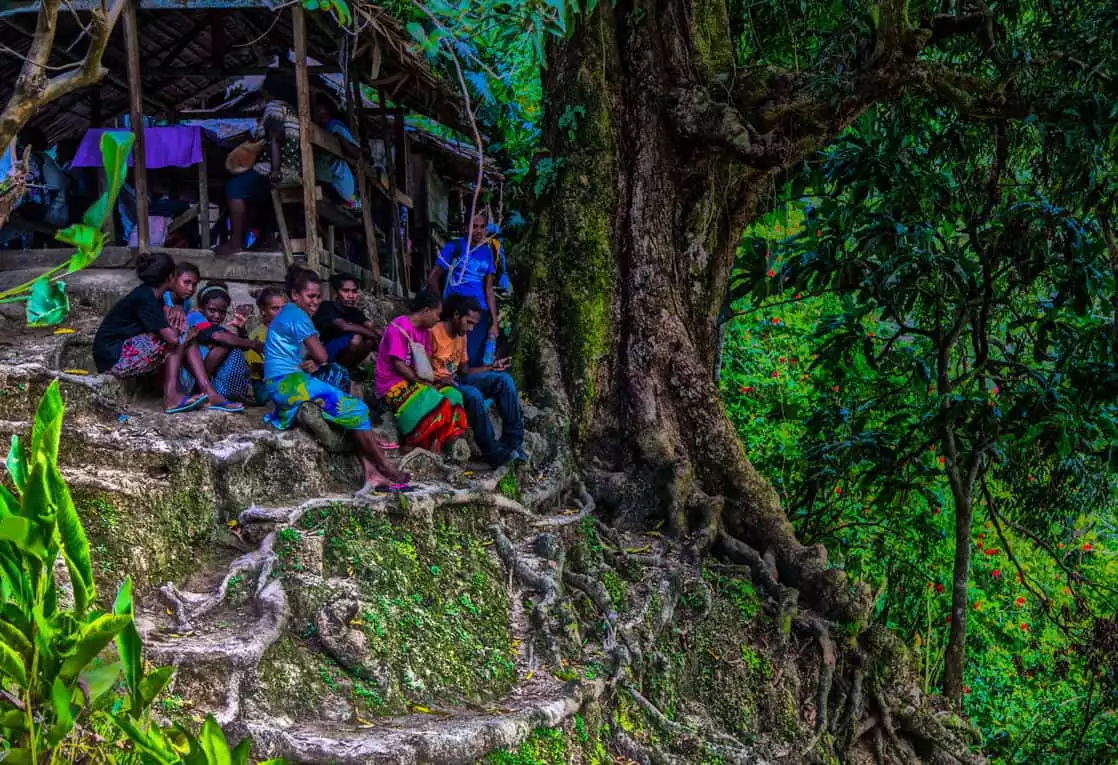
Upon boarding we were greeted with a warm welcome and soon we were underway, setting course for the remote Egum Atoll. We had a safety briefing and introduction to the crew before sitting down to our first of many exquisite meals.
I awoke in the center of the Egum Atoll group surrounded by small palm studded islands and blue skies. After a briefing from Jamie, our seasoned expedition leader, we had our first village visit of the trip. Jamie, who has been leading trips aboard the Oceanic Discoverer since 2005, explained that there was no way to notify the village in advance of our arrival since it is in such a remote area of Papua New Guinea. So, Jamie and Alex (our onboard PNG culture expert) had spoken with the village’s school teacher earlier that morning and arranged our first village visit of the trip.


Many of the communities we visited during this voyage have few outside visitors and when outsiders come to these areas it is usually small private yachts or sailboats. Some of the communities have seen the Oceanic Discoverer in the past and for some this was the first time the ship has come to their shores. I have sailed on a lot of expedition cruises and this one includes some of the most remote, unique, and beautiful places I have experienced. The locals were happy to see the ship and to welcome us to their shore. When village visits are arranged, usually school supplies, water containers, and other useful items are given to the village for communal use. The crew from the Oceanic Discoverer is focused on having a positive yet low key impact on the communities.
I wandered through the stilted houses up past Cassava and yam gardens to the schoolhouse plateau talking to a few people and taking some photos along the way. The local people spoke varying levels of English and I found myself talking to a man named Dennis who spoke better English than most of the others I had talked to that morning. We discussed inter-island trading, travel to other nearby islands, family life, island survival and more as he showed me a few more places on the island that was no more than a few minutes’ walk from end to end. He also showed me his house where he had some nice ceremonial chest plates that were made from shells, beads, salvaged nautical rope, and salvaged buoy pieces. They were a symbol of a union between old and new, organic and synthetic, and they were a great example of creating with that which you have around you. We checked out the wells he dug on the way back to the beach, by now I had spent about the whole village visit talking to Dennis which was a fantastic way to spend the morning. It was time to say farewell to Egum Islet and to get ready for an afternoon in the water.


The evening before, during the crew introductions we were met by EJ, the onboard dive/water activity leader. While this is mostly a trip that has water activities focused around snorkeling, there are a few opportunities to SCUBA dive and even those with no experience like me, can join in the fun. For new divers and those who needed a refresh, EJ gave a short introduction to what we would need to know before we could dive and the following day we would have a little test to show that we were ready to dive. The limit for the introductory level is to go down to 10 meters below the surface. EJ also gave a snorkeling briefing for those who were new to snorkeling.
So after our first village visit and lunch, I was off for my first SCUBA dive ever. Well, it was amazing! I have always enjoyed free diving down when snorkeling to get a closer look and now with SCUBA gear on I was very comfortable exploring the reef up close. It took a little bit for me to get the equalizing and buoyancy regulation down but I did just fine and by Dive 2 I was feeling great about it all. The water visibility at 10 meters was still excellent in the areas we were at. We saw a ton of beautiful coral and tropical fish. I was feeling comfortable enough to break out my waterproof camera for some underwater shots during the first dive. Soon I was taking sweet underwater landscape and macro shots and having a blast. EJ showed me a bunch of awesome stuff too. She had a little underwater whiteboard and would write notes and point out things on the reef, the first note she wrote me simply said NEMO and she showed me a clownfish. After the dive, there was still some more time before we needed to set sail so I went snorkeling in some more shallow areas and I took a bunch more underwater photos, taking advantage of the excellent surface visibility. During the voyage there were about nine snorkel opportunities and about five diving opportunities offered. Some of the snorkel sites were in shallow coral reef sites and others were near shelves and crevices that had deeper water depending on where you swam. I love snorkeling and I saw a ton of colorful coral and tropical fish. The highlights for me were seeing a lion fish and seeing black tip and white tip reef sharks. I also had a great time taking underwater photos.
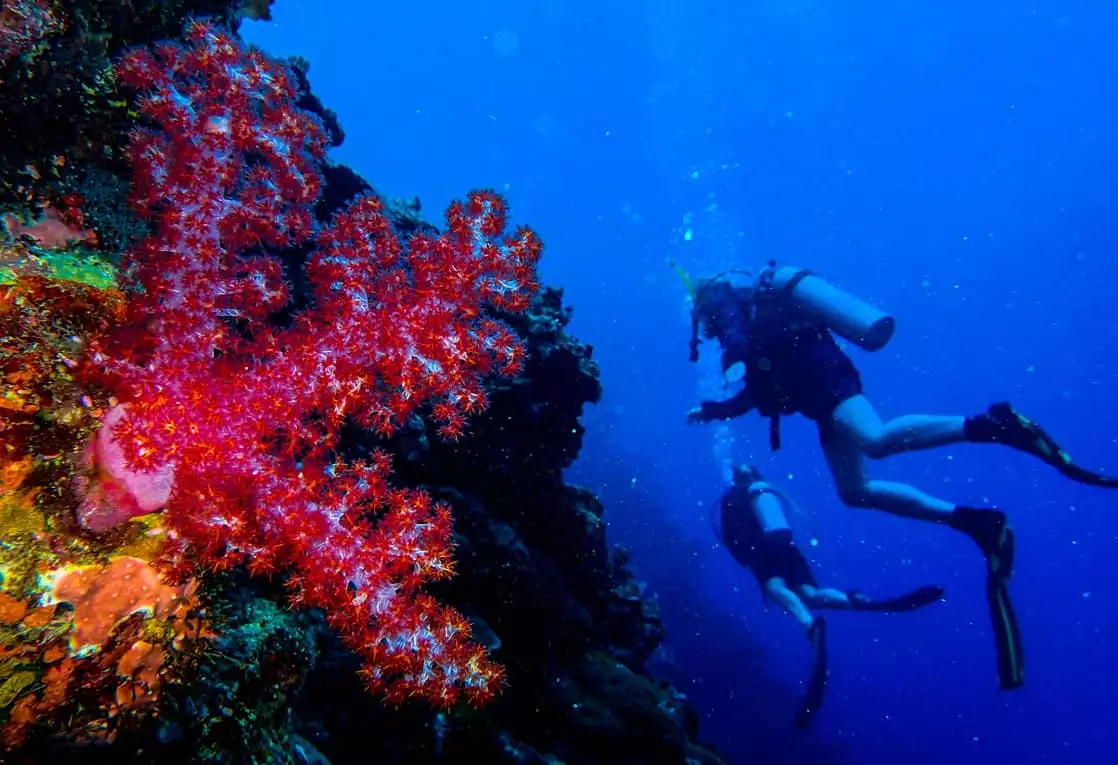
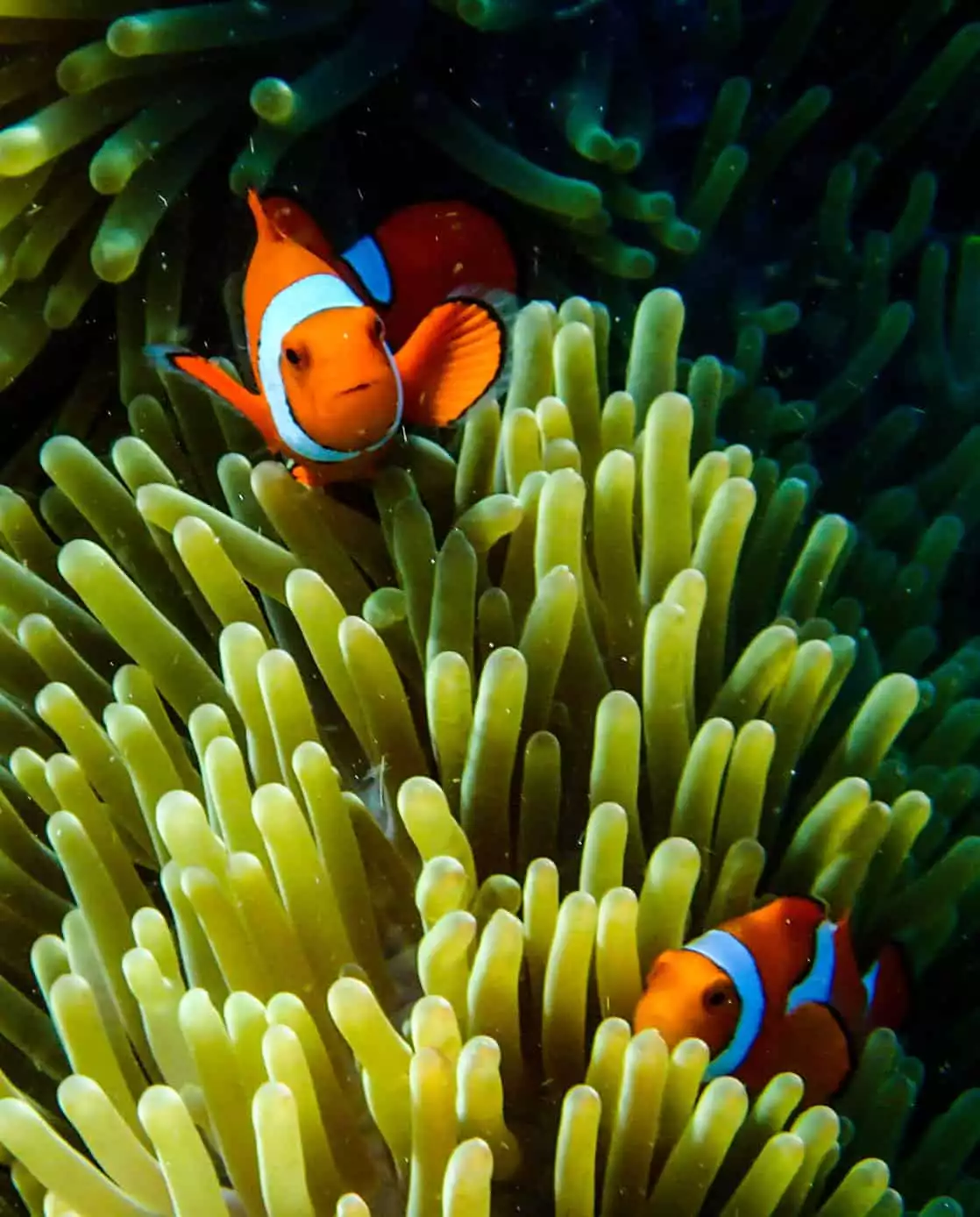
Most days of the voyage included two off vessel excursions. One was usually a shore excursion to a village or beach and the other would be snorkeling (some dives were also offered but diving is not the focus of this voyage). One of my favorite and one of the most unique excursions was our visit to the Hawksbill turtle conservation project we visited in the Arnavon Islands where we saw turtles hatching and making their way to the water. It was a special experience to see this and to learn about the efforts the local community has made to protect the turtles and other marine life.
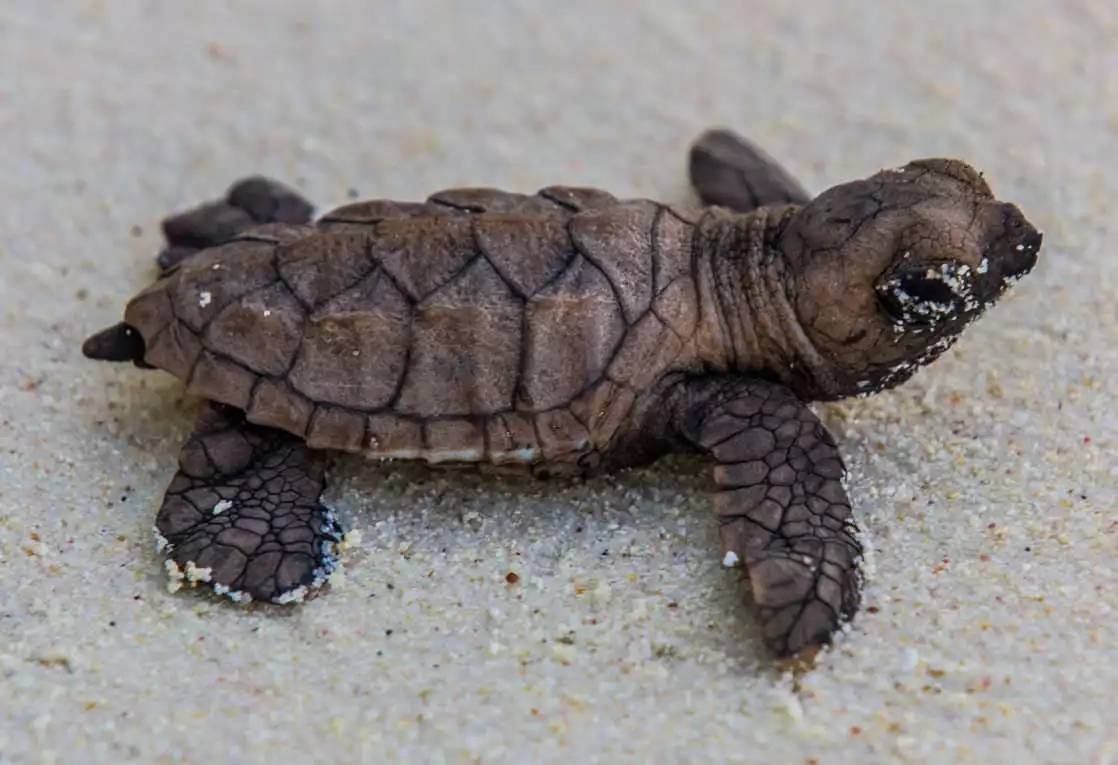
The special cultural visits we had were too numerable and varied to mention. Visiting these remote cultures, hearing their stories, seeing their art, and learning about their lives was just incredible. Everyday we were visiting places like Nendo, Ureparapara, and Malekula. Places with songs and dances rooted in the wild islands of Melanesia; that most people will never see or hear. The ceremonies we experienced were special and since most of the villages we visit have very few visitors, the people were excited to share their songs and dances with us. The ceremonial outfits in many of the villages were unlike anything I have ever seen. I am including some pictures in this review because they need to be seen to be understood. My favorite were the lionfish outfits from Ureparapara.
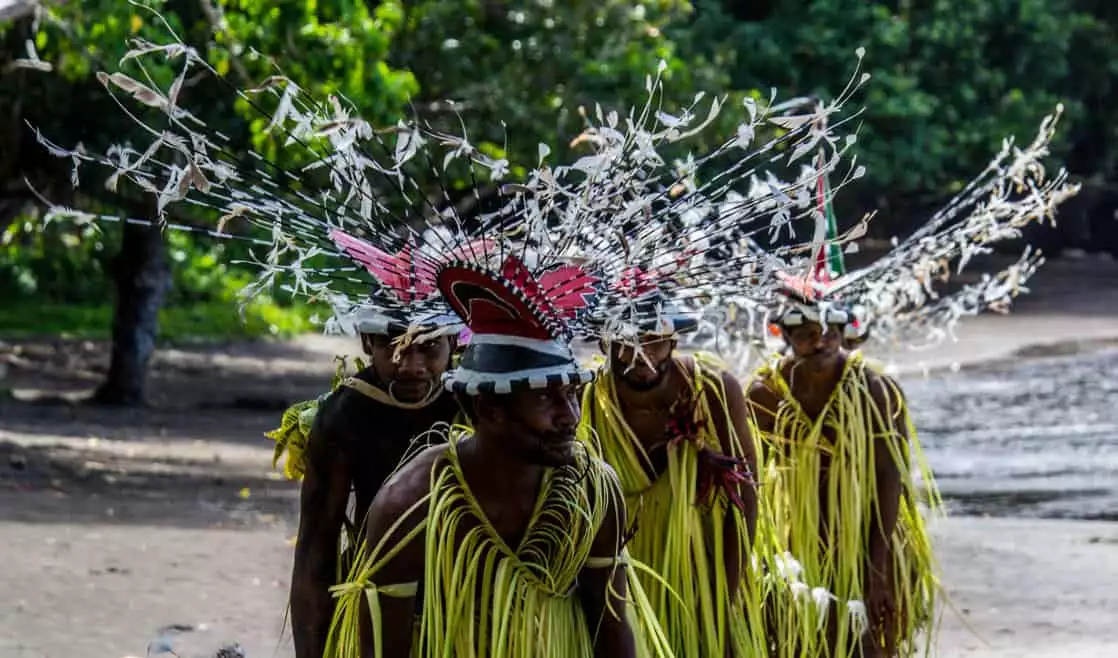

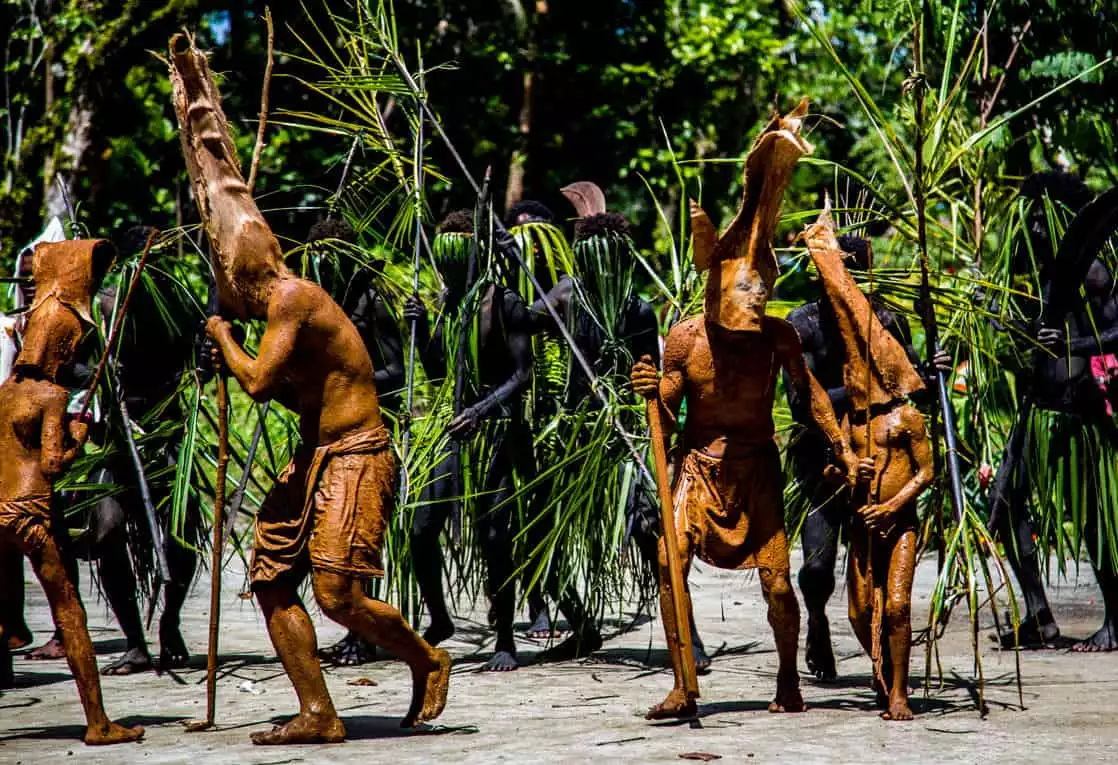
All of the villages had music to go along with the dancing. This ranged from string bands, bamboo bands, children’s choirs, and water music. The Water Music is something unique. It is made by a group of women who stand about thigh deep in a river pool and they sing along with coordinated splashing. The splashing has rhythm and they do different motions to create deeper sounds and more rapid sounds. It was so awesome to hear the music of the islands and to experience the art of the people.


In between the village visits and the marine excursions we visited some wonderful natural places. Two of these were in Vanuatu where we swam in the freshwater blue lagoon accessed from Champagne bay and couple days later we four wheeled in trucks with local drivers up to the top of Tanna, an active volcano blasting ash into the sky as we looked over views of the tropical forest and into the blues of the pacific. The island and marine environments offer a nice balance with a lot to see and do during the trip. It was nice to check out the villages in the morning and then go snorkeling or diving in the afternoons. We covered a lot of islands, most that very few travelers will ever access. It was a fantastic 14 day voyage that will stay with me forever.
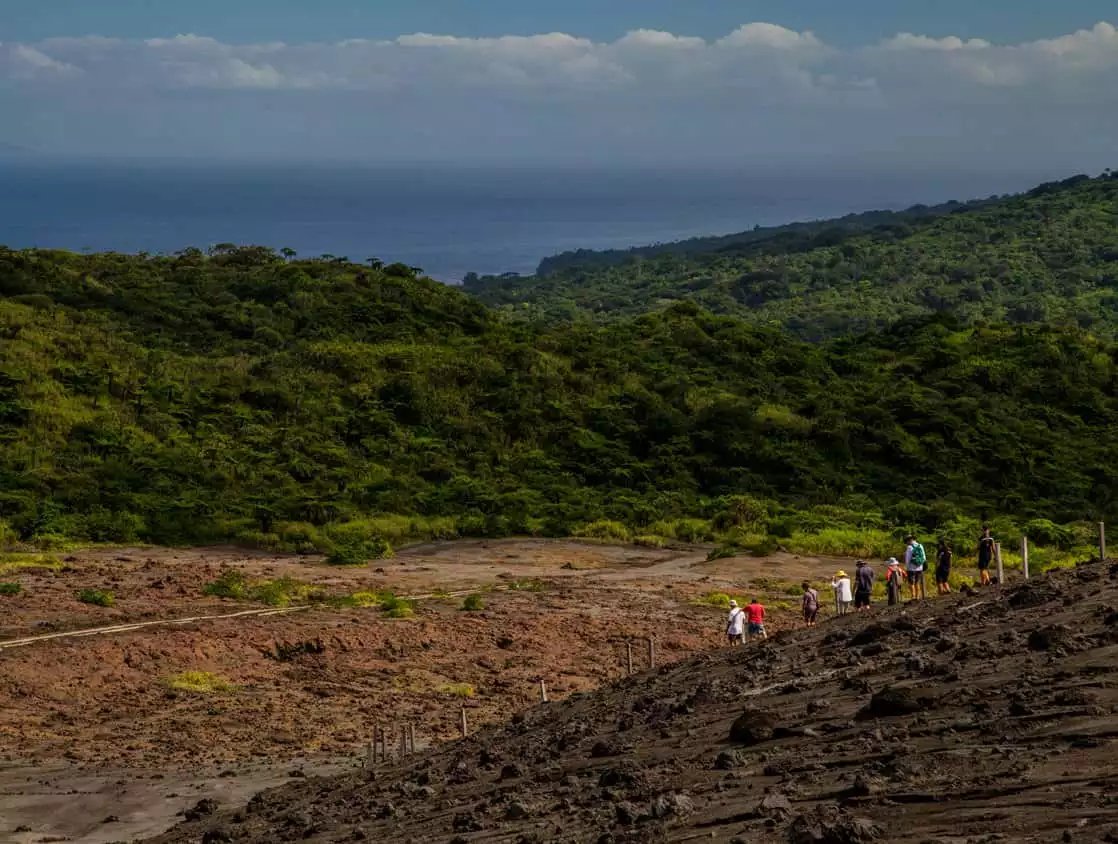
The Islands of the South pacific voyage provided a variety of experiences that were all new to me. I had a wonderful time learning about these places and photographing them. I would highly recommend any of the voyages aboard the Oceanic Discoverer to our clients.
This small ship expedition review was written by an AdventureSmith Explorations crew member. Read all AdventureSmith Expert Reviews for more trip reports, or contact one of our Adventure Specialists to learn more about these small ship cruises and wilderness adventures: 1-800-728-2875.
Comments will be moderated and will appear after they have been approved.